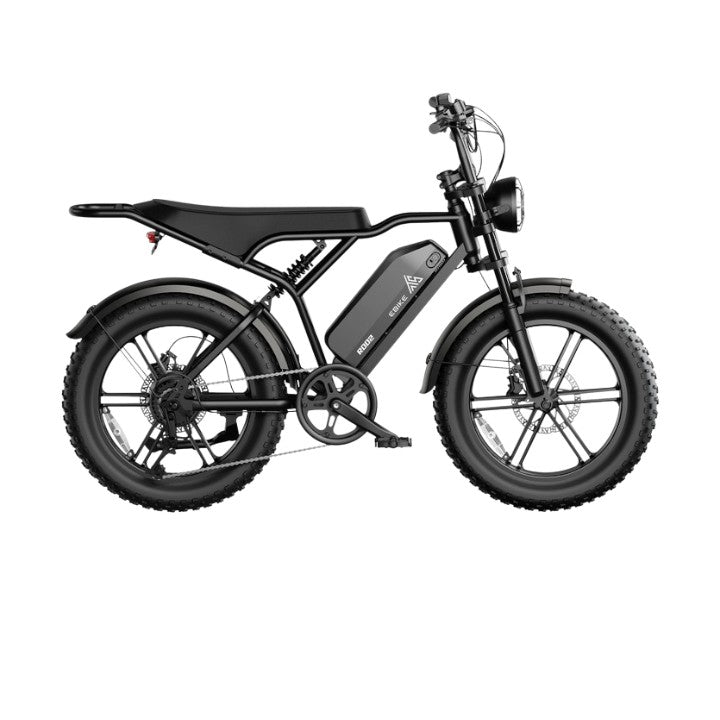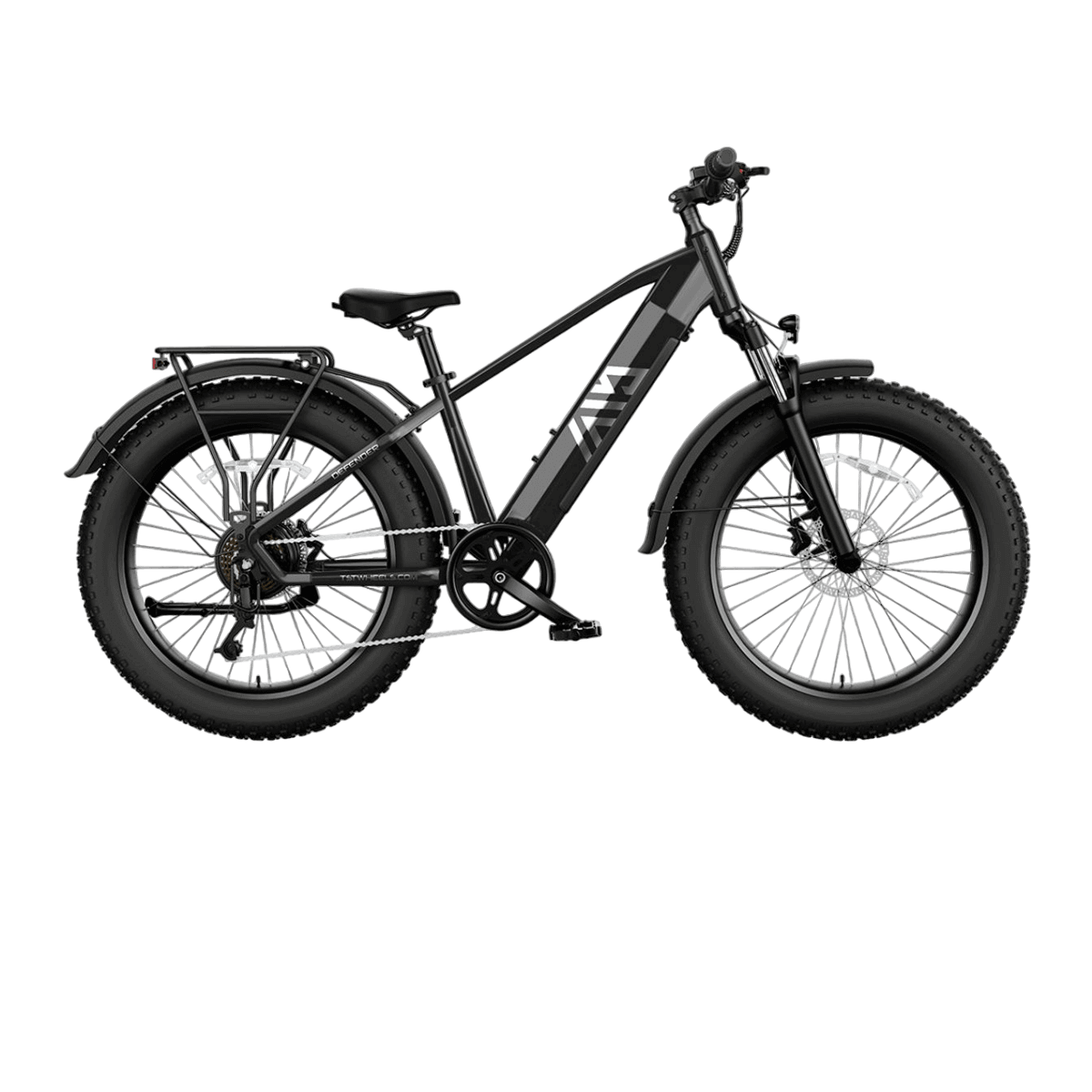Electric bike chargers are not universal because they vary widely in voltage, amperage, and connector types tailored to specific e-bike models and battery systems. Using an incompatible charger can damage your battery or pose safety hazards. Selecting the right charger involves matching your e-bike’s battery voltage, current, and connector type, ensuring safe, efficient charging and prolonging battery life.
How Do Voltage and Amperage Affect Charger Compatibility?
Voltage must exactly match your e-bike battery’s rating-common voltages include 24V, 36V, 48V, and 52V. Using a charger with higher voltage risks overcharging and damage, while lower voltage chargers won’t fully charge the battery. Amperage (measured in amps) affects charging speed; higher amperage chargers charge faster but must remain within manufacturer limits to avoid overheating or battery degradation.
What Connector Types Are Common and Why Do They Matter?
E-bike chargers use various connector types, such as barrel connectors, XLR connectors, and proprietary plugs unique to brands. A mismatched connector prevents charging even if voltage and amperage are correct. Confirming your e-bike’s charging port type and ensuring the charger’s plug fits securely is critical for safe and effective charging.
Chart title: Common E-Bike Charger Connector Types
| Connector Type | Description | Compatibility Notes |
|---|---|---|
| Barrel Connector | Cylindrical, common on many models | Check size and polarity |
| XLR Connector | Circular multi-pin, robust | Requires matching pin layout |
| Proprietary Plug | Brand-specific designs | Use manufacturer-recommended |
Which Features Do Smart Chargers Offer?
Smart chargers include advanced functions like automatic shutoff when fully charged, temperature monitoring to prevent overheating, and battery maintenance modes that preserve battery health during long storage. These features optimize charging efficiency and extend battery lifespan, making smart chargers a worthwhile investment for e-bike owners.
Why Should You Always Consult Your E-Bike’s Manual?
Manufacturer manuals provide exact charger specifications including voltage, amperage, and connector type, ensuring you select a compatible charger. Using recommended chargers protects your battery warranty and prevents damage. If the manual is unavailable, consult the manufacturer’s website or customer service for guidance.
How Can Universal Chargers Work and What Are Their Limitations?
Some universal chargers offer adjustable voltage and multiple connector adapters to fit various e-bike models. While convenient, they require careful setting adjustments to avoid mismatches that can harm the battery. Universal chargers are best used by knowledgeable users who verify compatibility thoroughly before use.
What Are the Risks of Using Incompatible Chargers?
Using a charger with incorrect voltage, amperage, or connector can lead to battery overheating, reduced capacity, permanent damage, or even fire hazards. Incompatible chargers may also cause slow charging, incomplete charging, or failure to charge, compromising your e-bike’s reliability and safety.
How Do TST EBike Models Benefit from Proper Charger Selection?
TST EBike’s 26-inch Defender and 27-inch Dreamer models come with chargers matched to their high-power, cost-effective batteries. Proper charger use ensures optimal battery performance, longevity, and safety. TST’s quality control emphasizes compatibility and customer support to help riders maintain their e-bikes efficiently.
Buying Tips
When purchasing an e-bike charger:
- Match the charger’s voltage exactly to your e-bike battery (e.g., 48V for TST Defender 26).
- Choose amperage within manufacturer recommendations to balance charging speed and battery health.
- Confirm connector type compatibility with your e-bike’s charging port.
- Consider smart chargers with automatic shutoff and temperature control for safety.
- Buy from trusted brands like TST EBike to ensure quality and warranty coverage.
These tips help you select a charger that maximizes safety and battery lifespan.
The Importance of the Right Battery Charger for an Electric Bike
- It helps protect the battery during charging, preventing damage from overcharging.
- It maintains the optimal charging state, reducing the rate of battery aging, and helping to extend battery life.
- It efficiently charges the battery, reducing charging time.
- It is appropriately sized, making it convenient to carry as an instant charging solution.
- It reduces safety risks during the charging process, such as short circuits, overheating, or fires.
Using the correct charger ensures optimal battery performance and longevity. Mismatched voltage or amperage can lead to overcharging, overheating, or even battery failure. Always use a charger that matches your e-bike's specifications to maintain safety and efficiency.
Understand Different Specifications of Electric Bike Chargers
E-bike chargers vary in voltage (e.g., 36V, 48V), amperage (e.g., 2A, 4A), and connector types (e.g., barrel, XLR). Using a charger with the wrong voltage or connector can damage your battery or prevent charging altogether. Always check your e-bike's manual for the recommended charger specifications.
Are Electric Bike Chargers Universal?
How to Choose the Right Electric Bike Charger?
You can find a few significant ones below:
Conclusion












Leave a comment
All comments are moderated before being published.
This site is protected by hCaptcha and the hCaptcha Privacy Policy and Terms of Service apply.